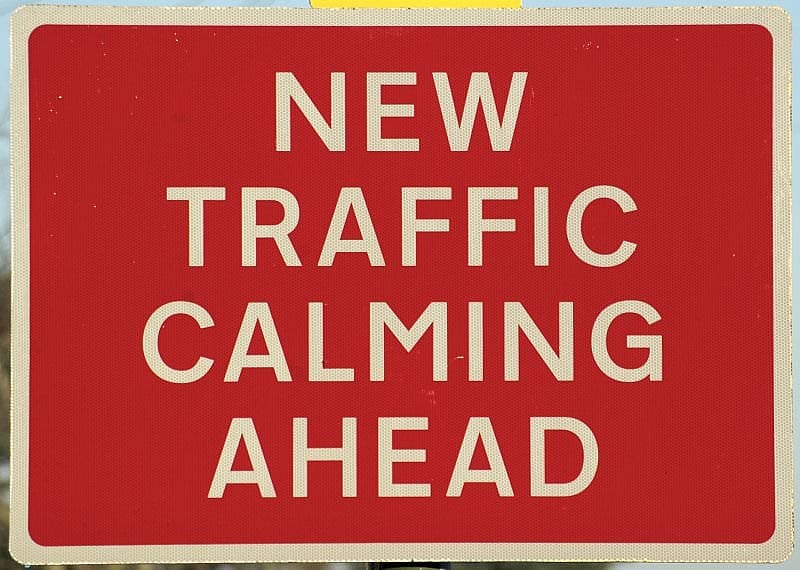Buzzfeed’s content psychology: Fast and slow

Psychology is not only winning clicks, it is also winning engagement.
Getting new content produced is fairly easy. Getting it viewed is quite something else.
I’ve been writing this for some time now, but “Utility & Reach” is our motto at Toast. Utility is about creating content that is useful, content that your audience will watch/listen/read. Reach is about getting that content to that same audience, making them aware that it exists and convincing them to spend some time with you.
On the internet, reach is about getting clicks, utility is about getting engagement (watch/listen/read). Getting clicks, ok we get it and know how to do it (“You won’t believe what happens next”), but engagement, that seems to be a bit more complex.
Enter emotional psychology with fast and slow thinking.
Fast thinking “works fast and automatically. One example is that we withdraw our fingers from fire before we realize what happened. Another one is to drive a car on an empty highway.” says Sonya Song, former Google and Knight-Mozilla fellow and media researcher.
As for slow thinking, “[it] is slow and effortful, as how we feel when calculating 23 x 67 = ____,” says Song. “In other words, it demands attention, like driving on the left if someone hasn’t done it before.”
And this is exactly how Buzzfeed approaches the content creation. By gaming both ways of thinking. To avoid having a branding problem where they’d only be known for their lists, they started creating slow thinking content they knew their fast thinking audience would love.
This week’s article is about exactly this. How to view your content from both these perspectives and see how knowing about the mindset of your inbound audience you can maximize engagement.
It is a bit longer that the articles I usually recommend, but take the time to read it, it will open your eyes on the new way of measuring success: engagement.

